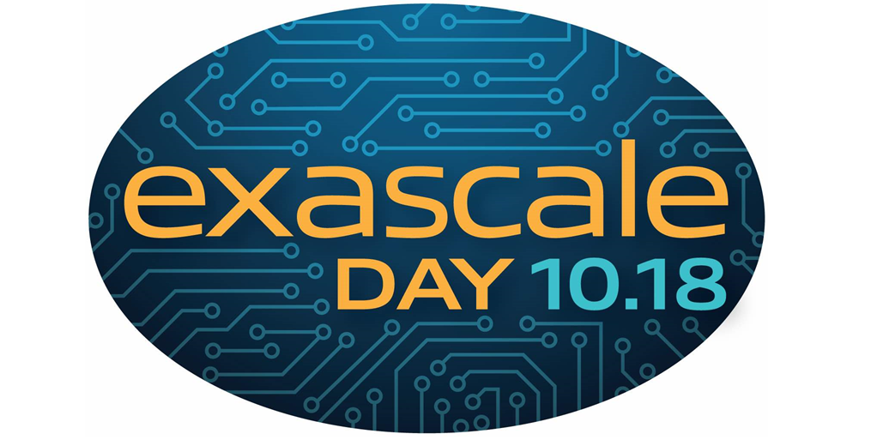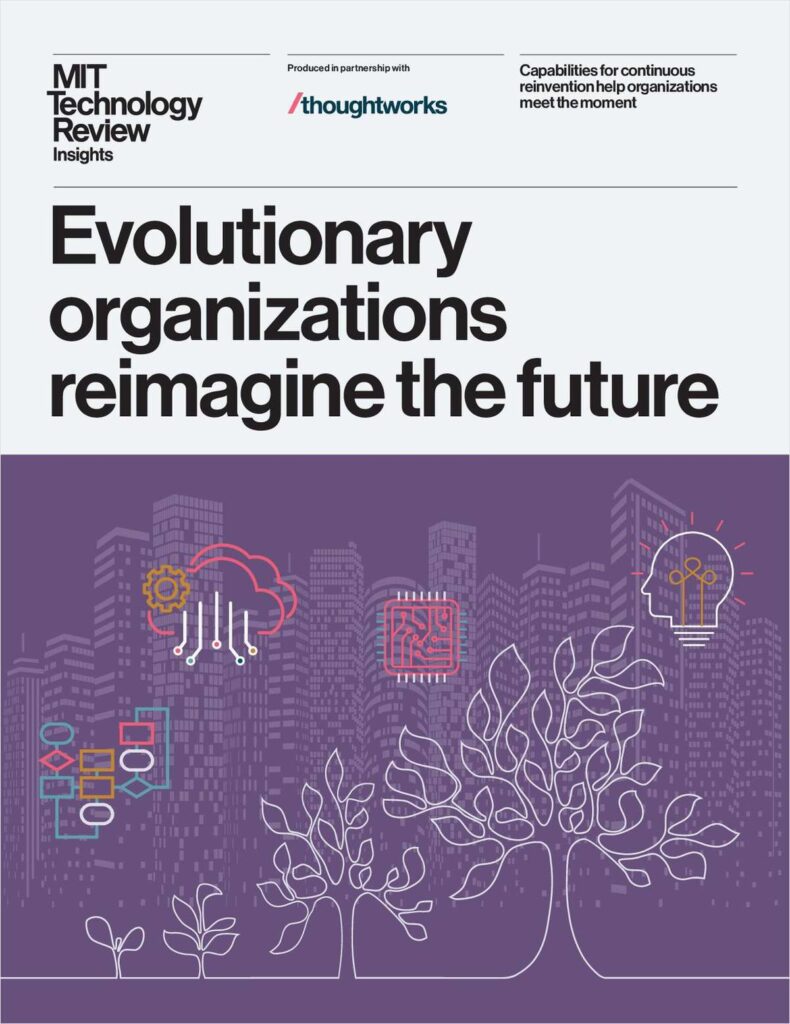Reinsurance intermediary Aon Benfield announced today that Standard Life Canada has adopted the company’s PathWise platform, a market-leading variable annuity risk management business solution.
By leveraging Nvidia GPU technology, the PathWise is a purpose-built, real-time variable annuity and interactive grid computing middleware for managing risk of complex financial instruments such a derivatives.
To learn more about how GPUs can work in thise kind of scenerios, I caught up with Nvidia’s Sumit Gupta, Ph. D.:
insideHPC: In layman’s terms, can you define “variable annuity risk management?” How does high performance computing come into play in this arena?
 Sumit Gupta: Variable annuities are new financial investment offering typically offered by life insurance companies. These annuities enable insured people to invest their purchase amounts in mutual funds and other investment vehicles and get regular payouts. The insurers take a risk when they give out these financial policies in that they have to figure out the probability of making money on different types of policies and risks associated with them.
Sumit Gupta: Variable annuities are new financial investment offering typically offered by life insurance companies. These annuities enable insured people to invest their purchase amounts in mutual funds and other investment vehicles and get regular payouts. The insurers take a risk when they give out these financial policies in that they have to figure out the probability of making money on different types of policies and risks associated with them.
So, these firms run complex mathematical modeling software to calculate the risks involved with the insurance policies and the potential profitability.
insideHPC: Is time to solution the critical factor? In other words, if you don’t complete the computation in a certain time, do the variables change and render the solution moot?
Sumit Gupta: Risk analysis is a very computationally intensive task and the mathematical models at times take weeks to run. GPUs accelerate these models to the point where they can now run within minutes and sometimes in real-time. This kind of (near) real-time risk analysis enables the insurers to get a more accurate risk assessment, because its based on real-time data versus potentially 1-week old data.
This enables policy sellers to make faster decisions on things like at what rate to offer an insurance policy to a person. Faster and more accurate risk analysis also enables insurers to hedge their investments so that they improve their profitability.
insideHPC: PathWise uses something called the Seriatim Real-Time Tool. What is that and how does it work?
Sumit Gupta: Aon’s PathWise software uses GPUs to enable them to value every policy individually within 1-2 minutes. This enables them to offer the best rates to policy holders based on their particulars and maximize their return on investment.
insideHPC: How do GPUs make this kind of Real-Time system possible?
Sumit Gupta: GPUs are massively parallel computing accelerators. The mathematical models used for risk analysis are accelerated by 10x to 100x using the performance of the GPU. In particular, algorithms such as Monte Carlo simulations run much faster on GPUs.
insideHPC: Does this kind of application lend itself well to parallelism? Is bandwidth or memory an issue?
Sumit Gupta: Applications that either have a lot of data or a lot of computation are well suited for the massively parallel architecture of NVIDIA’s CUDA GPUs. These GPUs have lots of computation engines or cores and also have a very high bandwidth to memory. So, data can quickly stream into the GPU, get computed on, and stream out of the GPU.
insideHPC: In general, is Wall Street warming up to high risk financial instruments these days? With something as complex as derivatives, how does PathWise help customers be successful?
Sumit Gupta: Yes, absolutely they are. A lot of capital market customers are implementing various types of complex financial instruments using high performance computing – in many cases accelerated by GPUs. In particular, they are using stochastic modeling (via monte carlo methods), optimization methods, and others are using partial-differential equation (PDE) solvers on GPUs.



